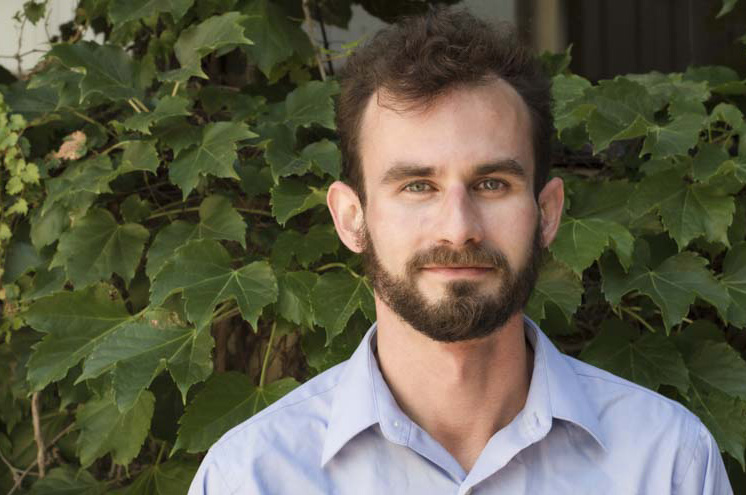So what happens if the research field is relatively new, and effective tools and methods haven’t yet been developed?
One such promising field is nanopore sensing, which uses tiny holes in thin membranes to capture single biomolecules – such as in a strand of DNA – and translate information about those molecules into electrical signals. It gives researchers unprecedented insights into the identity and behavior of the tiny molecules that make up life.
“The purely electrical measurement offered by nanopores allows for exciting new ways of understanding biomolecules,” says Kyle Briggs, a postdoctoral researcher and nanopore innovator in the Department of Physics at University of Ottawa. “It’s a different way of measuring, over for example optical microscopy, that gives you a direct, fine-grained view of molecular identity and behavior without the need to add labels.”
But until recently, the potential of nanopore sensing research has been limited by the capability to make the tiny holes needed to do those measurements. Historically, Briggs says, researchers have fabricated these pores using the energetic beams of particles found in transmission electron or focused ion microscopes, an exacting, costly, and time-consuming process requiring advanced nanofabrication skills. “Only well-funded universities have these expensive, sophisticated tools, and often researchers have to travel to access them and share the equipment with many others, so it’s a significant barrier to participation in the field.”
Briggs has been exploring the challenges of nanopore fabrication since his undergraduate days with Professor Vincent Tabard-Cossa, a pioneering researcher in the field. “The idea of making these pores was just being tested, and I spent my first summer in the T.Cossa lab figuring out how to control the method and make it useful. It was clear from the start that we were on to something significant.”
“From day zero, CMC helped me make connections that could be very valuable as we grow. They’re going to play a crucial part in commercially enabling this technology.”
Today, his work with Prof. Tabard-Cossa and his colleagues in the lab has yielded a novel controlled breakdown method for making solid-state nanopores, and a small tool for producing them quickly, simply and inexpensively. “Instead of manually drilling each hole, we’ve packaged it all into a benchtop instrument that automates the entire process,” Briggs says. “It removes a lot of the barriers in terms of cost, training, and ease of use, all while making pores down to 1 nanometer with angstrom precision, a level of not possible with these previous methods.”
“Our hope is that by giving people access to these tools, we can help accelerate the pace of progress in the nanopore field.”
Nanopore science is exciting interest for its applications in digital diagnostics, with ultra-sensitive detection of disease, leading to earlier detection and better prognosis. Another promising application is next-generation data storage. “The density with which you can store data in DNA is millions of times higher than a hard drive,” Briggs says. “You can in principle store the entire internet in the DNA in one person’s body. Or you could have, about a year ago. It’s growing so fast that that is probably no longer true, which is the problem that this method of information storage could help solve.”
“There are many places where nanopores could find utility — anywhere there’s a biomolecular process requiring characterization, which goes far beyond the existing set of nanopore researchers and into fields such as biomedical engineering and molecular and synthetic biology,” Briggs says. “We’re very much hoping by making nanopores accessible and easy to use, we will enable a broader subset of scientists to start exploring that potential and to bring new minds and ideas in to tackle some of the outstanding challenges.”
The duo’s work has generated 15 publications and seven patents, and is licensed to industry, where their controlled breakdown technique is rapidly becoming the gold standard for solid-state nanopore fabrication. In addition, Briggs has formed a startup company, Northern Nanopore Instruments, with a goal of bringing his technology to market.
In recognition of his contributions, Briggs was awarded the 2020 Douglas R. Colton Medal for Research Excellence from CMC Microsystems. “CMC was very helpful in starting me off on this startup path,” he says. “From day zero, CMC helped me make connections that could be very valuable as we grow. They’re going to play a crucial part in commercially enabling this technology.”
Photo courtesy of Kyle Briggs
May 2021

